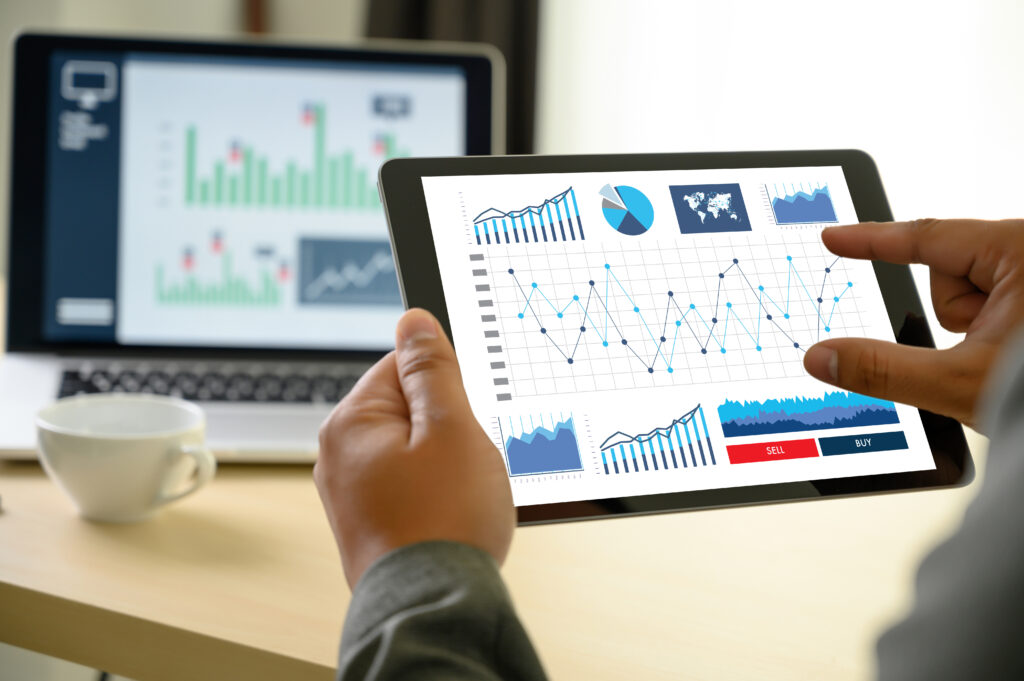If you’re running a business, you know better than anyone that paying attention to the numbers is essential for ongoing success. You might ask yourself, “What is FP&A software?” as you progress in gaining control of critical figures such as expenses, profits, etc. Financial Planning and Analysis (FP&A) is a critical function for businesses, providing insights into performance, forecasting future outcomes, and guiding strategic decision-making. However, traditional FP&A processes often involve manual data entry, disparate spreadsheets, and time-consuming analysis, leading to inefficiencies and potential errors.
This is where FP&A software steps in, revolutionizing how organizations manage their financial planning and analysis tasks. But what is FP&A, and how can this type of software be a game-changer for your business? We’ve got answers.
What is FP&A Software?
FP&A software is a specialized computer program designed to streamline and automate the financial planning and analysis process. It consolidates financial data from various sources, automates repetitive tasks, and provides powerful analytics and reporting capabilities. In an effort to get a clear grasp about what is FP&A software and its benefits, here’s the breakdown:
Key Features and Benefits
- Centralized Data Management: FP&A software merges with existing systems to aggregate financial data from across your organization or business, providing a single source of truth for analysis.
- Automated Forecasting: By leveraging historical data and advanced algorithms, FP&A software automates the forecasting process, reducing manual errors and providing more accurate predictions.
- Scenario Modeling: Businesses can simulate different scenarios and assess the potential impact on financial performance, enabling better decision-making and risk management.
- Real-Time Reporting: Financial planning and analysis software generates customizable reports and dashboards in real-time, allowing stakeholders to access up-to-date insights and KPIs.
- Collaborative Planning: With cloud-based platforms, teams can collaborate on budgets, forecasts, and plans in real time, fostering alignment and accountability.

Who and What Industries Should Be Thinking About FP&A?
FP&A is a vital function for various individuals and industries. But who can best benefit from understanding what is FP&A software, and how to use it? Here’s who and what industries should be thinking about financial planning and analysis:
- Finance Professionals: The primary stakeholders are FP&A teams within finance departments. They’re responsible for budgeting, forecasting, financial modeling, and variance assessments. They can also provide insights to support strategic decision-making.
- Corporate Executives and Management Teams: Executives rely on FP&A to provide accurate financial forecasts and insights to guide strategic decisions, allocate resources effectively, and assess the financial health and performance of the organization.
- Startups and Small Businesses: While smaller organizations may not have dedicated financial planning & analysis teams, founders and management should still engage in financial planning and analysis to ensure sustainable growth, manage cash flow, and make informed decisions.
- Investment Professionals: Investors, including venture capitalists, private equity firms, and investment banks, use FP&A to evaluate financial health. Investment professionals can also use financial planning and analytics to determine the potential growth of certain companies before making investment decisions.
- Consulting Firms: Consulting firms provide FP&A services to their clients spanning various different industries. In turn, this helps businesspeople optimize financial performance, develop strategic plans, and improve decision-making processes.
- Technology Companies: Given the rapid pace of innovation and disruption in the tech industry, accurate financial planning and analysis are crucial for managing costs, assessing market opportunities, and optimizing resource allocation.
- Manufacturing and Retail: These industries often have complex supply chains, inventory management needs, and fluctuating demand. Financial planning and analysis help them optimize production, manage inventory levels, and forecast sales accurately.
- Healthcare: Healthcare organizations must balance patient care with financial sustainability. FP&A helps them manage costs, optimize revenue cycles, and allocate resources efficiently while ensuring quality patient care.
- Government and Nonprofit Organizations: Public sector and nonprofit entities also engage in financial planning and analysis to manage budgets, allocate resources effectively, and ensure transparency and accountability in financial reporting.
In essence, any organization or individual concerned with understanding, managing, or leveraging financial data to drive strategic decisions and ensure financial health should be thinking about FP&A.
Navigating Financial Planning and Analysis: Common Pitfalls
Common financial planning and analysis pitfalls include overreliance on historical data, neglecting to incorporate external factors, overlooking variance analysis, lack of communication between departments, and using overly complex models. Additionally, failure to update forecasts regularly and underestimating the importance of scenario planning can lead to inaccurate projections.

Why Do I Need FP&A Software?
FP&A software is crucial for businesses for several reasons. First and foremost, it streamlines financial planning by automating tasks like budgeting and forecasting, saving time and reducing errors. It also encourages better decisions by providing accurate and real-time financial data, enabling better insights and evaluations of business strategies.
Additionally, it fosters collaboration between different departments, aligning financial goals with overall objectives. Further, it allows for scenario planning, helping businesses assess risks and make informed decisions.
Lastly, it offers customizable reporting and analysis, providing a comprehensive view of financial performance and key metrics. Ultimately, FP&A software optimizes financial processes, enhances decision-making, and supports strategic objectives, making it indispensable for businesses seeking efficiency and growth.
The Best FP&A Software Solution
With its advanced analytics capabilities, HUB Analytics offers a holistic approach to FP&A. Its user-friendly interface allows finance professionals to streamline budgeting, forecasting, and scenario planning processes. Because it integrates with existing systems, HUB Analytics ensures seamless data management and accuracy in financial analysis.
Frequently Asked Questions About FP&A Software
In contrast to traditional methods that heavily rely on manual processes and spreadsheets, FP&A software automates tasks, reduces errors, provides real-time data, and offers advanced analysis capabilities.
Financial planning and analytics software is beneficial for businesses of all sizes across various industries, including startups, SMEs, and large enterprises, looking to optimize their financial planning processes and improve decision-making.
Absolutely. Financial planning and analytics software is scalable, which means it will adapt to the changing needs of growing businesses, allowing them to expand their financial planning capabilities as they grow.
Many FP&A software solutions offer intuitive interfaces and user-friendly features, making it accessible for non-financial professionals to use and understand.
Yes. Most FP&A software solutions offer integration capabilities with other business systems, such as ERP (Enterprise Resource Planning), CRM (Customer Relationship Management), and BI (Business Intelligence) tools, allowing for seamless data exchange and analysis.
